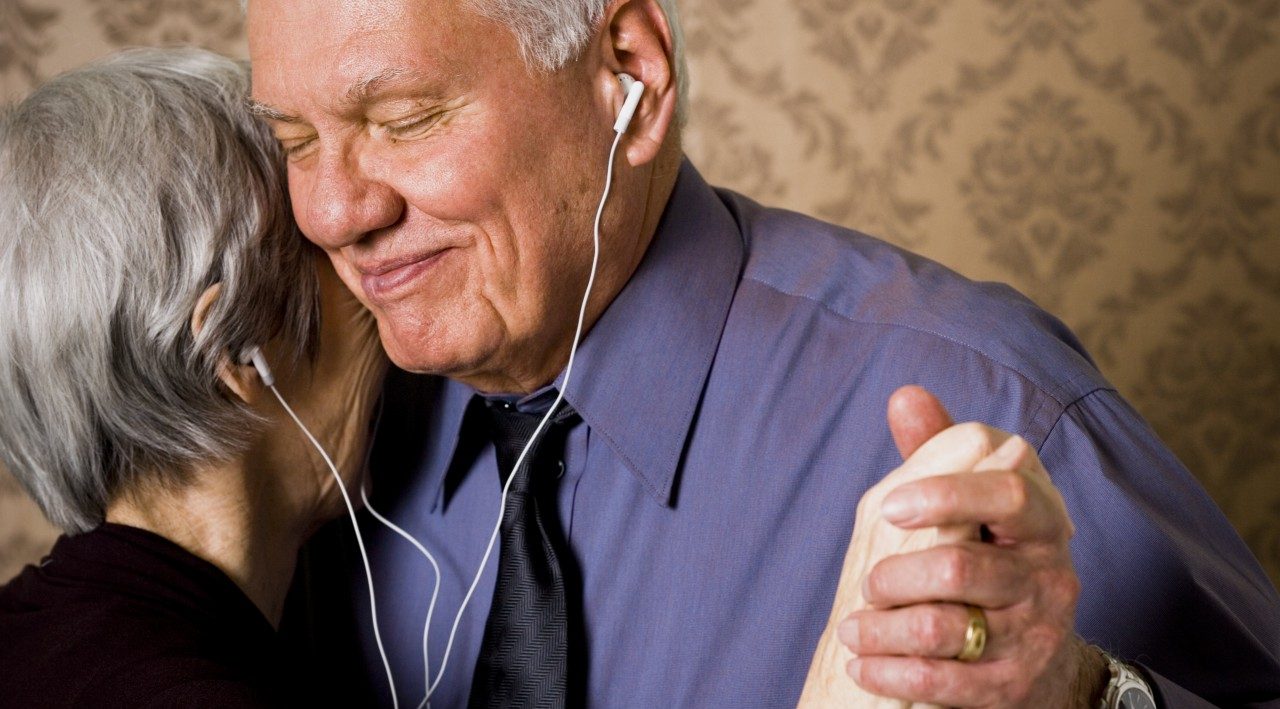Health Benefits of Dancing for Seniors

The health benefits of dancing for seniors range from improving your physical health to creating strong social connections that increase your sense of well-being.
Dance isn’t just a social activity. It is a form of therapy. In the 1940s, Marian Chance taught dance to traumatized veterans of World War II, helping them express their emotions and work through trauma and stress. Today, dance can treat conditions ranging from eating disorders to depression.
Dancing does not benefit only young people. The health benefits of dancing for seniors range from improving your physical health to creating strong social connections that increase your sense of happiness and well-being.
YOU MIGHT ALSO LIKE: Benefits of Tennis for Seniors
Physical health benefits of dancing as you age
As you age, your body loses muscle mass, coordination, and balance, making you more likely to fall and injure yourself. Dancing can help counteract that decline.
Research shows that dancing improves strength and muscle function in older adults, as well as increasing balance and flexibility, leading to better stability and fewer injuries. Dancing can also improve your cardiovascular health, which will decrease your chances of developing heart disease. In one study, healthy older adults who participated in a six-week dance program even showed improved posture, reaction times, and motor performance.
The health benefits of dancing for seniors don’t depend on doing a specific type of dance. A review of multiple studies on dancing and aging found that any style of dance can help maintain or even improve muscle strength, balance, endurance, and other forms of physical health in older adults.
One group of researchers even found that people who engage in social or group dancing experience less pain, a particular benefit for seniors who often have to deal with increasing physical discomfort.
The impact on your health doesn’t stop with the dancing itself. Once you become physically active, research has shown that you are more likely to engage in other healthy behaviors. That could include keeping up with medication, engaging in social activities, and eating a nutritious diet, all of which will improve your quality of life and health as you age.
Social and mental benefits of dancing for senior citizens
Dancing can also improve your social and emotional health.
When researchers interviewed thirty women over age 60 about the impact that their line dancing hobby had on their life, the women were enthusiastic about the activity. The majority agreed that dancing helped them become more involved in their communities, encouraged them to participate in charitable and group activities, and provided a space for self-expression and personal development.
“Life without line dancing and… other activities,” one woman said, “would be too dreadful to imagine.”
The social benefits of dancing have been replicated in multiple cultures and countries.
Even among seniors with poor mental health, dancing can make a difference. Social dancing, studies have found, improves positive feelings, behavior, and communication among patients with dementia, although other studies have shown that such improvements depend on caretakers who foster a creative and supportive environment during an activity.
Overall, research confirms that participating in dance can improve your sense of well-being, keeping you connected to your community and interested in everyday life as you age.
Cognitive benefits of dancing as you age
The cognitive benefits of dancing for seniors are less clear than the physical benefits.
Some research shows that dancing increases activity in the brain, helping you form new neural connections and think with more speed and agility. Another study indicated that contemporary dance may improve concentration and the ability to control shifts in attention. Researchers hypothesized that was because contemporary dance, in particular, emphasizes improvisation, rather than memorizing a specific set of movements.
Studies looking at the effect of dancing for individuals with Parkinson’s disease, however, found that while dance improves participants’ physical abilities, such as turning and walking backwards, it does not necessarily affect their cognitive ability. But dancing does seem to improve the quality of life of people with Parkinson’s, particularly those in nursing homes or senior living communities.
Other research has found that while dancing is associated with improved physical health, it does not seem to affect cognitive health more than other forms of exercise. That may indicate that exercise and socialization are what keep your brain sharp as you age, and dancing is a form of both that many seniors enjoy.
If you’re searching for a new leisure activity, consider dancing. You could improve your physical health, increase your emotional well-being, and even meet a new friend or two in the process.
Updated:
August 18, 2023
Reviewed By:
Janet O’Dell, RN